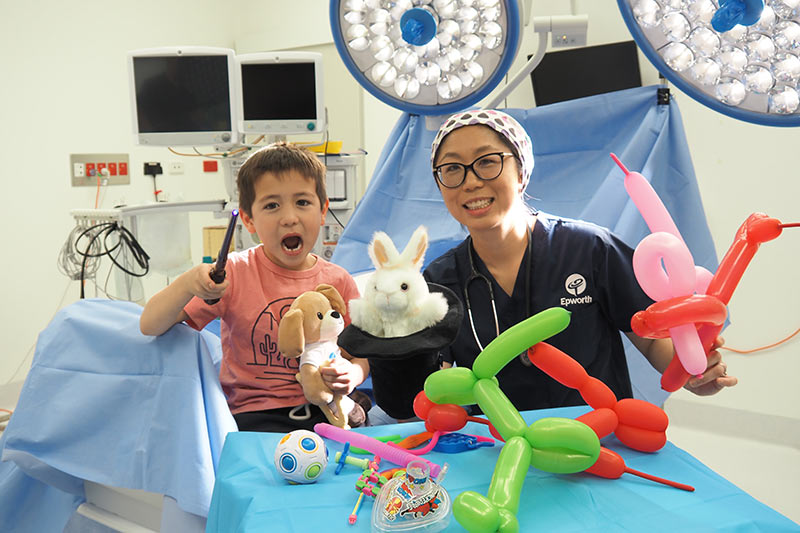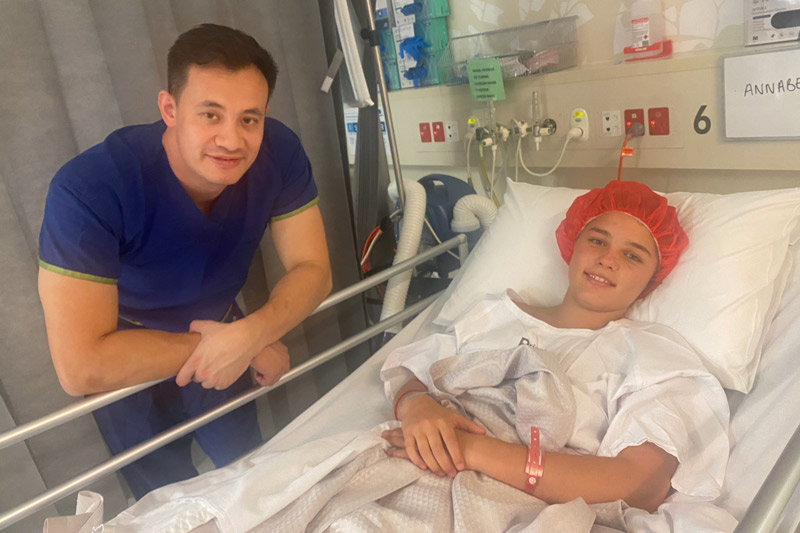I use guided imagery, so tell the child we are going into space and the mask is their astronaut mask, or that we are going snorkelling and it’s their face mask.
Sending kids to sleep when they have surgery can be magic.
Anaesthetists, using simple magic tricks to help children relax before operations, have been hailed as a successful anaesthesia tool in a new medical reference book.
The success of the “magical distraction” approach on young patients is highlighted in the latest edition of Australasian Anaesthesia, a peer-reviewed reference for the Australian and New Zealand College of Anaesthetists’ (ANZCA) 8200 anaesthetists, 580 specialist pain medicine physicians, and nearly 2,000 anaesthesia and pain medicine trainees.
Dr Colleen Chew is an anaesthetist at Epworth Richmond, an ANZCA fellow, and a mum to three young boys.
While she doesn’t bring her wand to the operating theatre, Dr Chew has a range of ‘tricks’ to help relax children before surgery.
“This is what I do every single day, but for kids and their parents, it’s a huge deal,” Dr Chew said.
“Anything I can do to alleviate anxiety and stress is good.”
Dr Chew gives young patients stickers so they can decorate their anaesthetic mask. She also gets the children to choose a fragrant balm like chocolate magic, optimistic cherry or lemon pie to coat the inside of the mask, so they smell the scent as they go to sleep.
“After we decorate their mask, I get the child to sleep on their parent’s lap so they are being cuddled and feel safe and they aren’t in a bed by themselves,” Dr Chew said.
“I use guided imagery, so tell the child we are going into space and the mask is their astronaut mask, or that we are going snorkelling and it’s their face mask. As they go to sleep, I get their mum to snorkel ahead and explain that we are going to find some fish, turtles or dolphins”.
Parents can play a key role in settling children.
“The only person the child knows in the operating theatre is their parent, so parents can play an important part in alleviating the worry a child may be feeling,” Dr Chew said.




